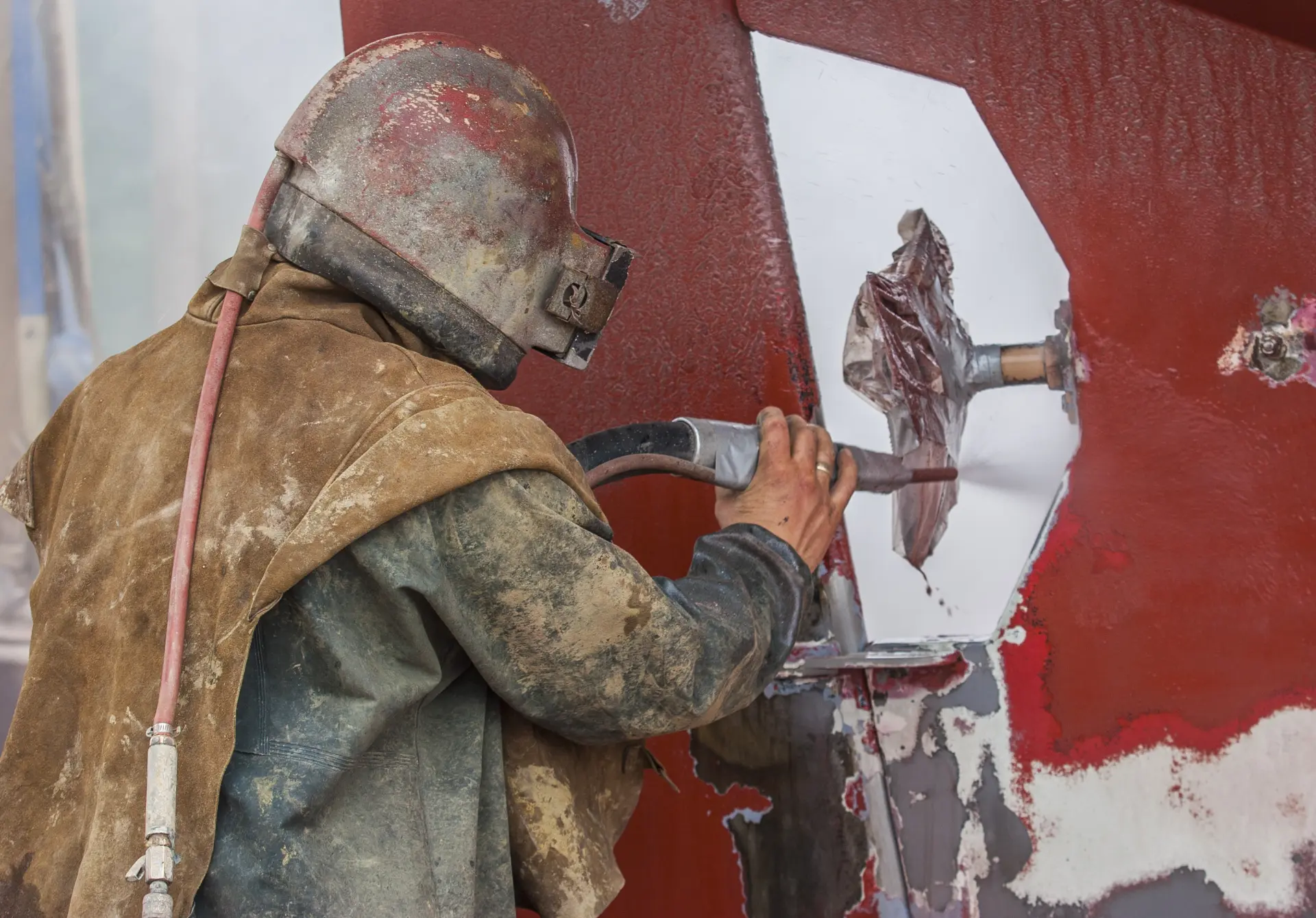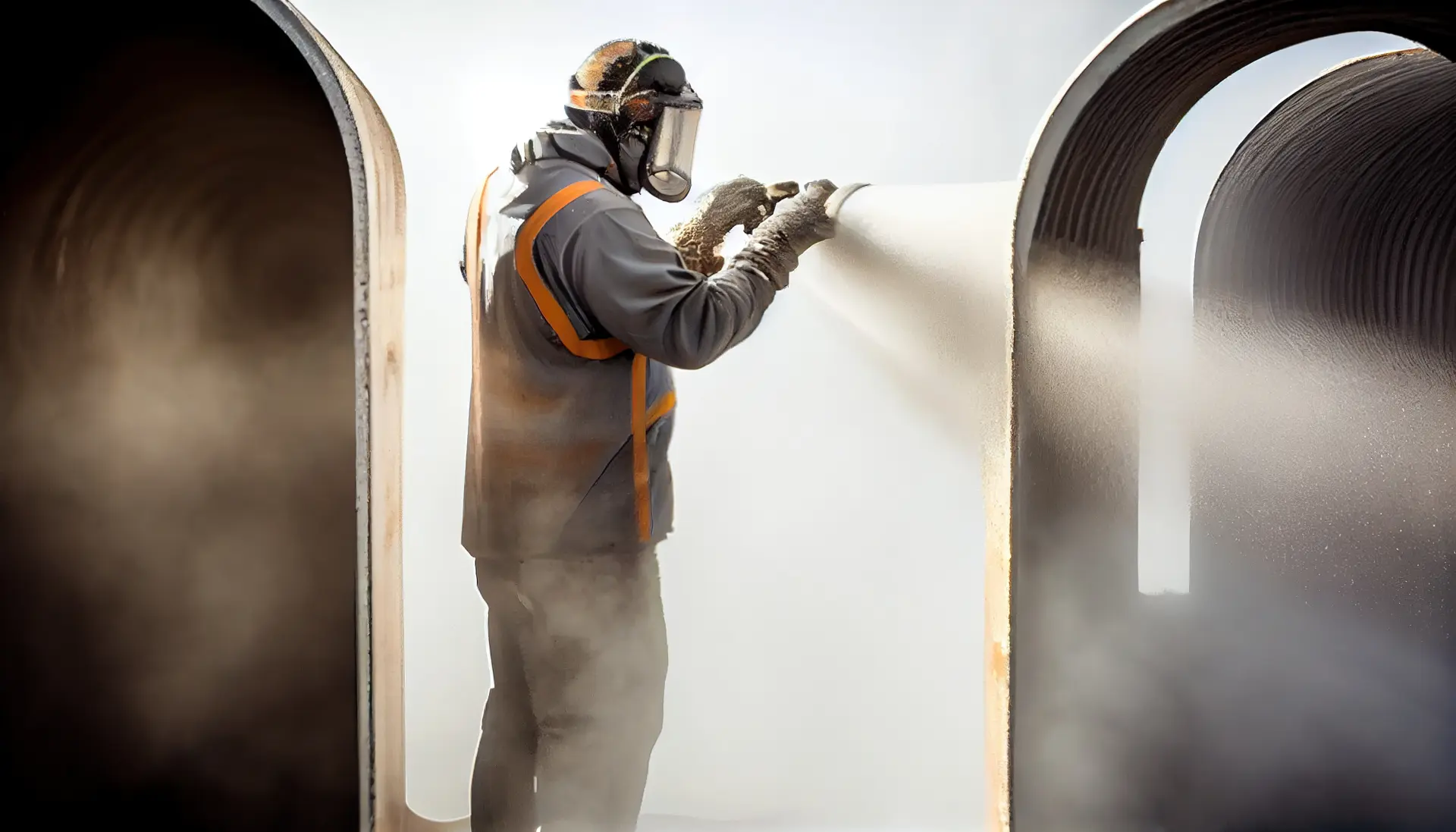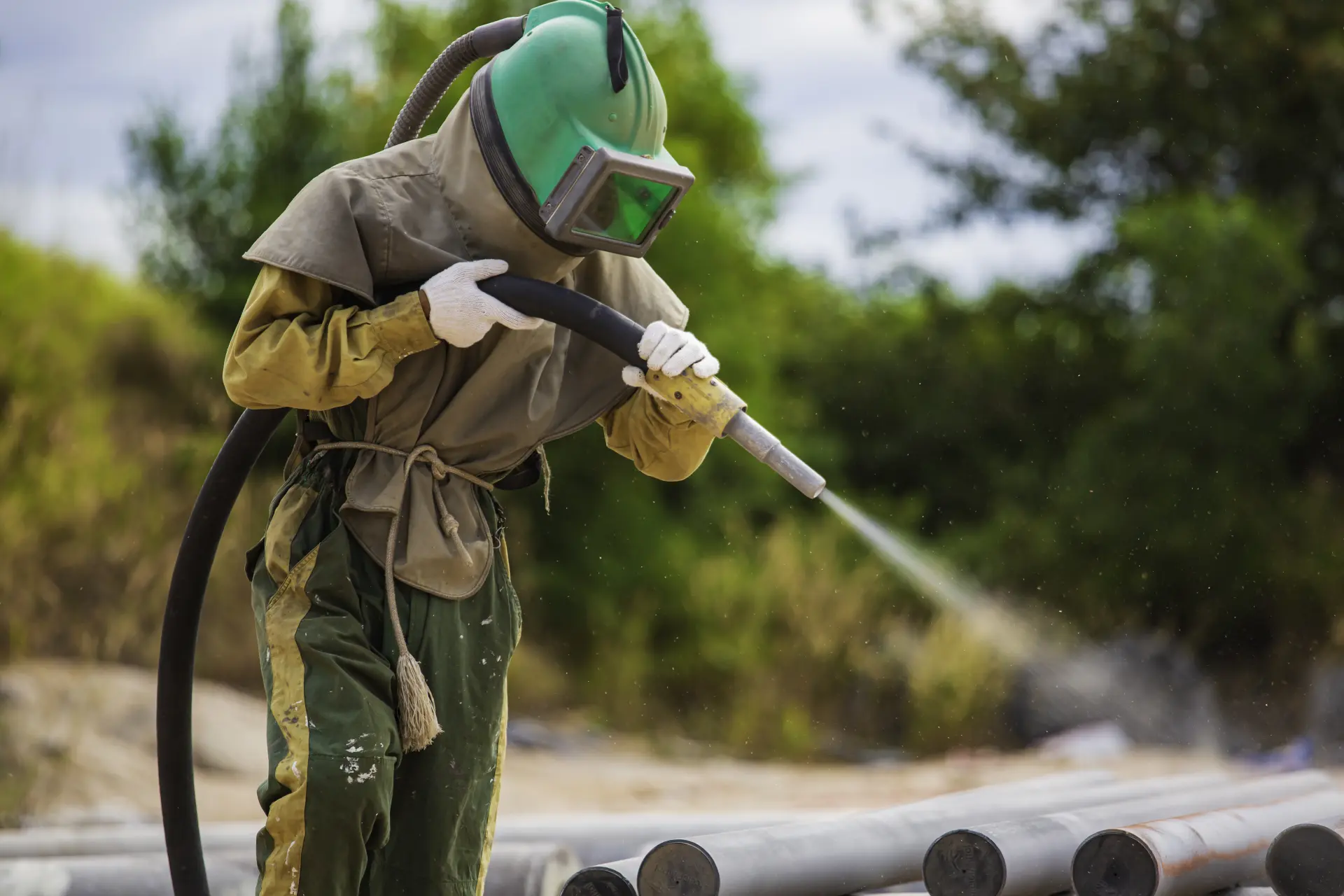Sandblasting prepares a vehicle for restoration by removing rust, paint, and grime efficiently, ensuring a smooth surface ready for painting. Perfect for professional restorers.
Why Use Sandblasting in Vehicle Restoration?
Sandblasting is a powerful way to prepare a vehicle for restoration. It uses high-speed abrasive particles to remove old paint, rust, grime, and corrosion from the vehicle’s surface. This process is much more effective than sanding by hand or using chemical strippers.
Sandblasting gets down to the bare metal quickly, giving a clean and smooth finish that’s ideal for priming and repainting. It also helps spot areas that need repairs, such as dents or weakened metal.
This method ensures that the surface is ready for a high-quality finish, making it a key first step in any full restoration. It saves time and gives reliable, even results across the whole body of the vehicle.
Types of Materials Used for Sandblasting
There are several different materials used in sandblasting, each with its own purpose depending on the condition of the vehicle and the surface being treated. Silica sand was once widely used but is now avoided due to health risks. Safer and more effective alternatives are now preferred.
Glass beads are commonly chosen when a smoother finish is needed. They are gentle and work well on delicate metal surfaces. Aluminium oxide is more aggressive and is often used when removing thick paint or stubborn rust. It cuts quickly and leaves a surface ready for painting or coating.

Steel grit is a powerful option, especially for tough metal parts. It cleans fast and leaves a rough texture that helps new paint stick better.
For softer surfaces, plastic beads are used to avoid damage, making them ideal for thin panels or lightweight trims.
Natural materials like walnut shells or corn cob are also used. These are biodegradable and safe for softer surfaces where more care is needed.
Each type of blasting media offers different benefits and is selected based on the job’s specific needs.
Reaching Hard-to-Clean Areas
One of the biggest advantages of sandblasting is its ability to clean hard-to-reach spots. Vehicle bodies often have tight corners, seams, and crevices where rust and grime build up.
These areas are difficult to clean with hand tools or even power sanders. Sandblasting directs the abrasive material into every crack and curve, clearing out years of dirt, paint, and corrosion.
It does this without needing to take the whole vehicle apart. This makes it much easier to restore the entire body evenly.
With all areas properly cleaned, future problems like hidden rust or flaking paint are less likely to occur, ensuring a longer-lasting restoration.
Saving Time in the Restoration Process
Sandblasting plays a key role in saving time during a vehicle restoration. Removing old paint, rust, and filler by hand is slow and tiring.
It can take hours or even days using sanding blocks, wire brushes, or chemical strippers. Sandblasting, however, can do the same job in a fraction of the time. A skilled operator can strip a whole car body down to bare metal in just a few hours.

This quicker turnaround not only speeds up the whole project but also improves the quality of the work. Because sandblasting gives a uniform finish, the surface is ready for the next stage—such as primer or repair—without further prep.
It also helps uncover problem areas sooner, such as hidden rust under old paint, which can then be fixed right away. That means fewer surprises later on.
By shortening the preparation stage, sandblasting helps restoration teams stick to deadlines and budgets.
Whether restoring a classic car or a commercial vehicle, this method reduces labour and ensures better results, making it a smart choice for professional and DIY restorers alike.
The Role of Sandblasting in Rust Removal
Rust is one of the biggest problems faced during vehicle restoration. If not removed fully, it can return quickly and damage the new finish. Sandblasting is highly effective at removing rust from all metal surfaces.
The abrasive action breaks away all layers of rust, even the deeply embedded parts that can’t be reached by hand tools. It leaves the surface rough enough for primer to stick properly, helping to protect the metal from future corrosion.
By fully cleaning the area, sandblasting ensures a longer-lasting restoration and a better-quality finish, especially important for older vehicles where rust is often widespread.
If you manage a commercial fleet, you may experience one of these common types of truck accidents. Following an accident, you will need a professional team for your HGV spray painting and sand blasting. For HGV and car sandblasting in Doncaster and Scunthorpe, follow the link below.
